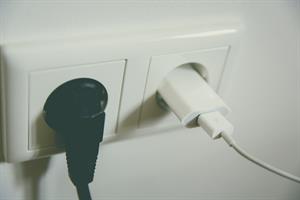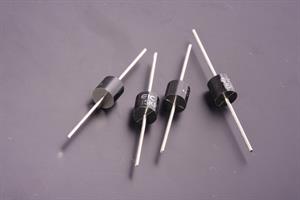PDF chapter test TRY NOW
An electric current is the movement of electrons in an electric circuit. Within a conductor, however, electrons are not totally free to flow. The attraction of the atoms while moving holds them back. As a result, the resistance of a conductor slows the movement of electrons through it. A component that offers a low resistance is a good conductor.
A resistor is a conductor with a significant amount of resistance. A poor conductor is a component that has a higher resistance.
There is another category of material that does not conduct electricity. They are known as insulators. The resistance of an insulator is even higher.
Insulators:
The materials that do not allow the electric current to pass through them are called Insulators. They are poor conductors of electricity.
Example:

Wood, rubber, paper, and plastic
The conductors and insulators play a major role in the safety of using electrical circuits.

Electric socket with plugs
Apart from these, there is a special type of material with a unique conducting behaviour known as semiconductors.
Semiconductors:
Semiconductors have both conducting and insulating properties. Some of the examples are silicon, germanium, gallium arsenide, etc. They are mainly used in diodes, computer peripherals, etc.

Diodes
Important!
Ohmic conductors are also known as linear conductors, which obey Ohm's law. All metals are good examples of ohmic conductors.
Non-ohmic conductors do not obey Ohm's law. Semiconductor devices are a good example of this type.
